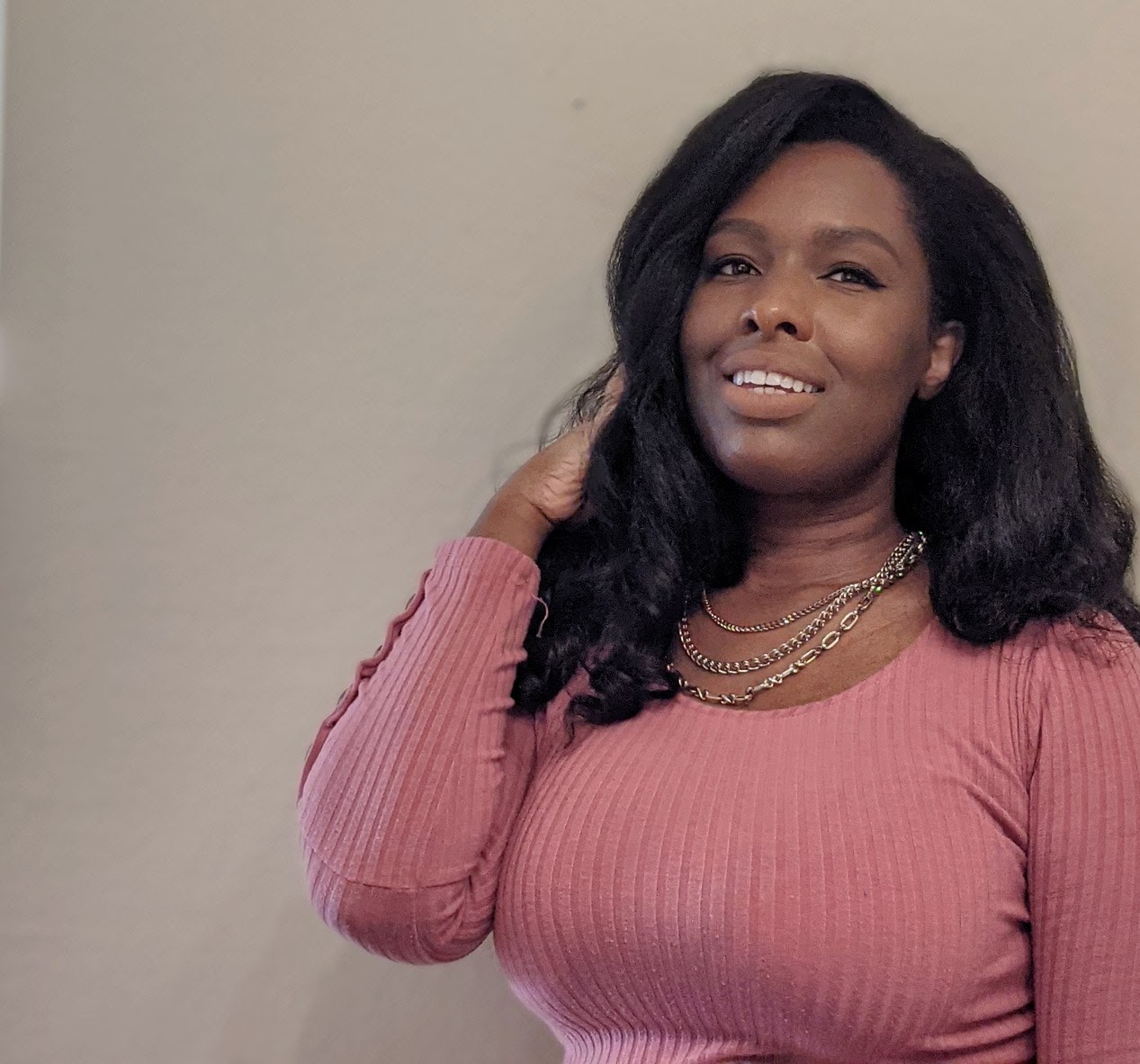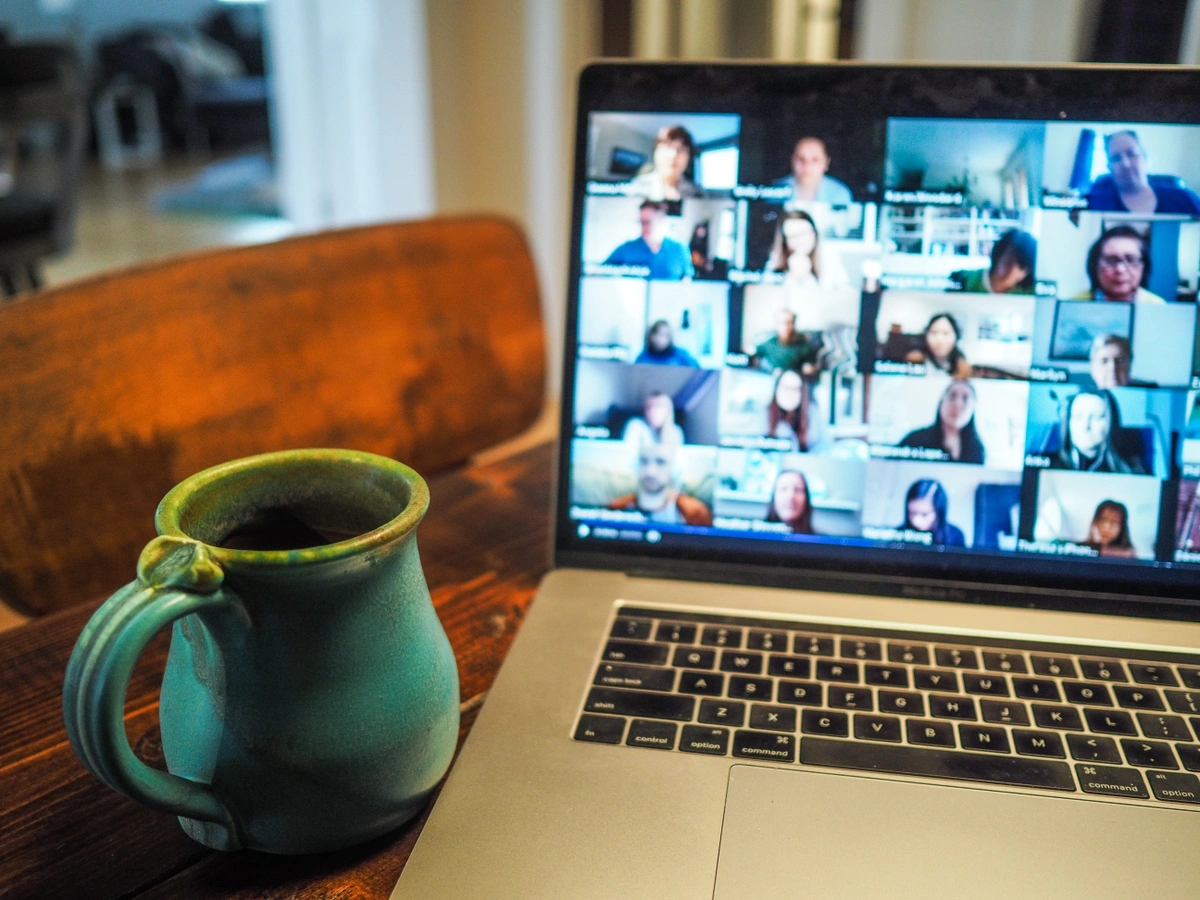My Long COVID Care Checklist: 5 Tips to Help You Manage
January 3rd, 2023
Disclaimer: This is a Kindred community member article that represents the opinions and experiences of the author, not Hugo Health Kindred. Please consult with your healthcare provider before trying any type of treatment.
I developed long COVID at the start of the pandemic. I had taken care of myself before from other illnesses, but a post-viral chronic condition is different —it's not something you "push" through. It's quite the opposite.
Viruses such as Epstein–Barr virus (EBV) and coronaviruses are known to trigger severe post-viral chronic illness. Any virus can, including respiratory syncytial virus (RSV) and monkeypox.
Now, almost 3 years into a disabling post-viral chronic illness, I can look back on my journey and acknowledge where I could have used more guidance to make more informed decisions.
This post is for anyone experiencing post-viral chronic illness from long COVID. In this article, I’ll discuss how to stay healthy, accelerate recovery, find a good healthcare provider, build a support system, and, most importantly, maintain good mental health.
1. Learn your baseline vitals
Consider getting a pulse oximeter and a blood pressure cuff —preferably one that connects to a Bluetooth tracking app that logs your vitals and can alert you when they dip below custom settings.
Pulse oximeters are a type of medical device that measure pulse rate and blood oxygen saturation. They can help monitor your health after getting COVID because they accurately record how much oxygen is circulating throughout your body. However, evidence shows they’re not as accurate for brown skin.
Log your baseline vitals in a journal, including:
- blood pressure
- temperature
- resting heart rate
Try to learn what a normal reading is for you. For example, if you have chronic low blood pressure (hypotension) or elevated heart rate. Knowing your normal will help you identify when you need clinical or emergency care. It can also alert you to changes in your body from various symptom triggers.
Check these numbers daily: once you wake up and again before you go to bed. Also, note your numbers before and after eating and exercising to see if they've changed.
Suppose you haven’t developed symptoms of dysautonomia, an autonomic dysregulation that affects more than half of people with long COVID. In that case, you can scale back the vital checks to maybe a few times a week unless your healthcare provider says otherwise.
However, if you experience any of the following, you may want to keep a daily log until the symptom(s) subside:
- palpitations
- shortness of breath
- chest pain
- dizziness
- blurry vision
- brain fog
Keeping track of your vitals will help you and your provider get to the source of any changes and narrow down triggers. Understand that some triggers take up to 72 hours to surface.
2. Find a qualified healthcare provider
Healthcare is complex. Research the credentials of any healthcare provider you’re considering before scheduling an appointment; this will save you time and energy.
Ensure that the provider has experience with post-viral healthcare, autoimmune illness, or at least an invisible chronic illness. It’s also crucial that they’re experienced in guiding patients to support post-viral well-being of body and mind.
If they don't have experience or a willingness to learn, they’ll have major issues getting the right treatment plan together for you. This could further hinder your recovery or put you at risk of developing avoidable complications.
If you don’t feel like your healthcare provider is following these measures, don’t hesitate to seek an alternative.
3. Focus on cellular health and inflammation
We now know that COVID has vascular components and that the spike protein can create a wide range of damage to the body; when they bind to a target, spike proteins can trigger a structural change to the cell membrane.
Mast cells secrete multiple cytokines (cells that aid in immune responses) and play an important role in allergic inflammation. They can become activated after even asymptomatic COVID infection, resulting in cytokine storms that cause inflammation and organ damage. However, there are ways to minimize the effects and improve cellular health.
Western medicine has various treatments used for lowering inflammation, mediating and stabilizing mast cells, and lowering an improperly heightened immune response. Such drugs commonly prescribed for long COVID-related inflammation include:
- low dose aspirin
- famotidine (Pepcid AC)
- over-the-counter antihistamines such as cetirizine (Zyrtec)
For those who prefer to go the natural route, you can ask your provider about probiotics, as well as anti-inflammatory, anticoagulant, and antiviral supplements like:
- vitamins A, D, and E
- zinc
- curcumin
- ginger
- elderberry
- garlic
- turmeric
- Ginkgo biloba
- grapeseed oil
- green tea
Check with your primary care provider for any possible medication conflicts before taking any supplements.
Traditional Chinese Medicine practitioners have also been found to be a great help to those with long COVID. Whichever route you take, reducing inflammation in the body has been shown to influence a variety of COVID and long COVID symptoms, including fatigue.
Again, make sure you qualify the expertise of every specialist you see. Ask questions and request they provide research to support their health plan. If you feel uncomfortable at all, get a second opinion. If someone says they have one magic pill or surgery as the cure for all your symptoms, run! That doesn't exist yet.
4. Find support
Finding long COVID support groups was instrumental in my recovery. With around 16 million adults estimated to have long COVID in the United States, many people have been through this that can help you cope with the experience. They can also help you find a second opinion or even a new provider if one doesn’t work out.
For me, Myalgic encephalomyelitis/chronic fatigue syndrome (ME/CFS) and autoimmune support groups have been the most helpful outside of long COVID support groups. In addition to much-needed emotional support, these groups often have internal lists of vetted specialists and tips on how to get quality care or what tests to ask for.
5. Invest in rest
Being careful not to overexert yourself physically or mentally is key to preventing or reducing the severity of long COVID and speeding your recovery. Think of it as investing in your long-term health and not as missing out. Overexerting yourself just once can increase the likelihood of disease severity in the long term.
Rest more and take care of yourself. At first, I didn't understand how vital rest was when I had COVID or developed long COVID, and this led to multiple trips to the emergency room (ER) and slowed my recovery. Thankfully, ME/CFS advocates helped guide me by analyzing my daily routine. Because I had scaled back my activity by 50%, I thought I was resting. But “normal” rest isn't what is needed when it comes to recovering from COVID.
Physical and mental exertion can flare your symptoms or, at the very least, hinder the cellular repair process. Don't be afraid to ask for help when you need it—even with basic tasks such as cooking and cleaning. When you feel tired, stop what you’re doing, check your heart rate, and rest however long you need to.
Ask your healthcare provider for social services resources if you don't have a support system and need help with daily tasks.
The gist
I’ve overcome many hurdles in my life and thought I could handle any situation. However, I wasn’t prepared when healthcare providers had no answers for the medical complications I would face. It took me a long time to understand that lining up resources, investing in self-care, and delegating tasks go hand in hand with recovery.
The key takeaway here is don't be afraid to ask questions about anything! Cultivate and lean on a support system. If you don’t know something, look for nontraditional spaces to find help. Waiting for science to catch up with my illness and relying on a healthcare system full of gender, race, and class bias to help me was a huge mistake.
If you’re reading this, you’re already headed in the right direction.
Article resources:
- About Epstein- Barr virus (EBV). (2020). Centers for Disease Control and Prevention.
- Coronaviruses. (2022). National Institute of Allergy and Infectious Disease.
- Symptoms and care of RSV. (2022). Centers for Disease Control and Prevention.
- Monkeypox signs and symptoms. (2022). Centers for Disease Control and Prevention.
- Pulse oximeter accuracy and limitations: FDA safety communications. (2022). U.S Food & Drug Administration.
- Gottlieb ER, Ziegler J, Morley K, et al. Assessment of racial and ethnic differences in oxygen supplementation among patients in the intensive care unit. JAMA Internal Medicine. 2022;182(8):849-858. DOI: 10.1001/jamainternmed.2022.2587
- What your heart rate is telling you. (2020). Harvard Health Publishing.
- Low blood pressure (hypertension): symptoms and causes. (2022).
- Dysautonomia. (2020). Cleveland Clinic.
- Larsen NW, Stiles LE, Shaik R, et al. Characterization of autonomic symptom burden in long covid: a global survey of 2,314 adults. medRxiv. Published online April 28, 2022:2022.04.25.22274300. DOI: 10.1101/2022.04.25.22274300
- Patel MA, Knauer MJ, Nicholson M, et al. Elevated vascular transformation blood biomarkers in Long-COVID indicate angiogenesis as a key pathophysiological mechanism. Molecular Medicine. 2022;28(1):122. DOI: 10.1186/s10020-022-00548-8
- Belouzard S, Millet JK, Licitra BN, et al. Mechanisms of coronavirus cell entry mediated by the viral spike protein. Viruses. 2012;4(6):1011-1033. DOI: 10.3390/v4061011
- Krystel-Whittemore M, Dileepan KN, Wood JG. Mast cell: a multi-functional master cell. Front Immunol. 2016;6. DOI: 10.3389/fimmu.2015.00
- Cytokines and their effects. (2019). American Cancer Society.
- Fajgenbaum DC, June CH. Cytokine storm. New England Journal of Medicine. 2020;383(23):2255-2273. DOI: 10.1056/NEJMra2026131
- Husain A, Sayem MA, Kamal SM, et al. Beneficial effect of low dose aspirin in adult patients with covid-19: a retrospective observational study in bangladesh. Mymensingh Med J. 2022;31(1):194-199.
- Famotidine. (2022). MedlinePlus.
- Ceterizine. (2018). MedlinePlus.
- Anticoagulants. (2022). Cleveland Clinic.
- Islam MT, Quispe C, Martorell M, et al. Dietary supplements, vitamins and minerals as potential interventions against viruses: Perspectives for COVID-19. Int J Vitam Nutr Res. 2022 Jan;92(1):49-66. doi: 10.1024/0300-9831/a000694
- Local long haulers find relief in traditional Chinese medicine. (n.d.). Northwestern Health Sciences.
- Bach K. New data shows long covid is keeping as many as 4 million people out of work. (n.d.). Brookings.
- What is ME/ CFS?. (2021). Centers for Disease Control and Prevention.
- Autoimmune disorders. (n.d.). MedlinePlus.

Cynthia Adinig
Cynthia spent the last several years as a marketing specialist for minority- and woman-led non-profits and on political campaigns. After developing long Covid in March 2020, she decided to become a long Covid advocate. A year into her recovery, she worked to help guide legislative language for the Covid 19 Long Haulers Act. She wrote a digital guide for medical care for Longhaulers of color. Cynthia is proud to join the Kindred team and help cultivate a much needed unique space for the long Covid community.



